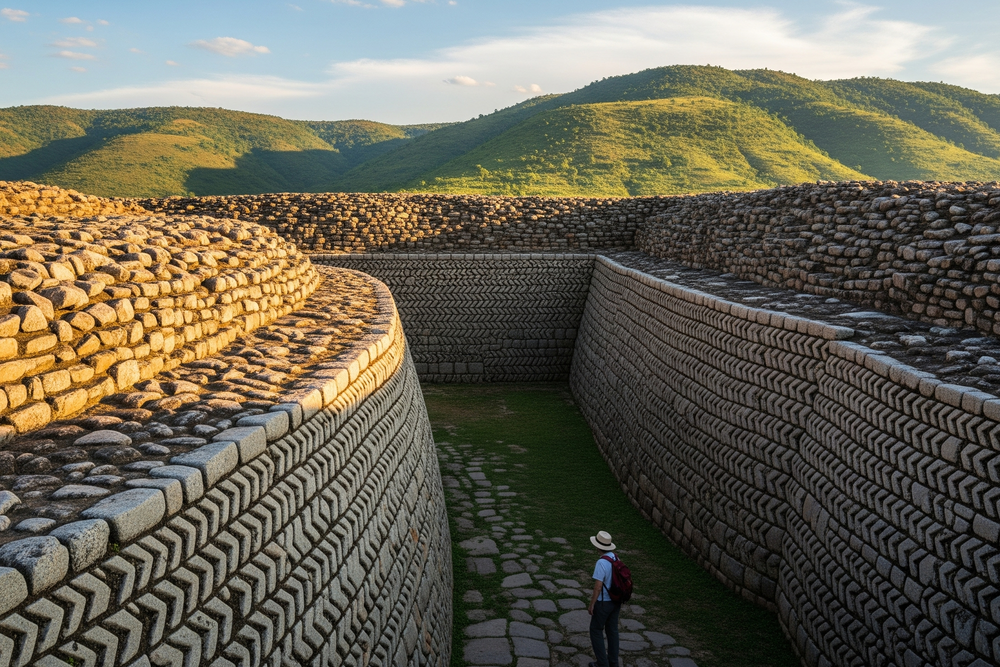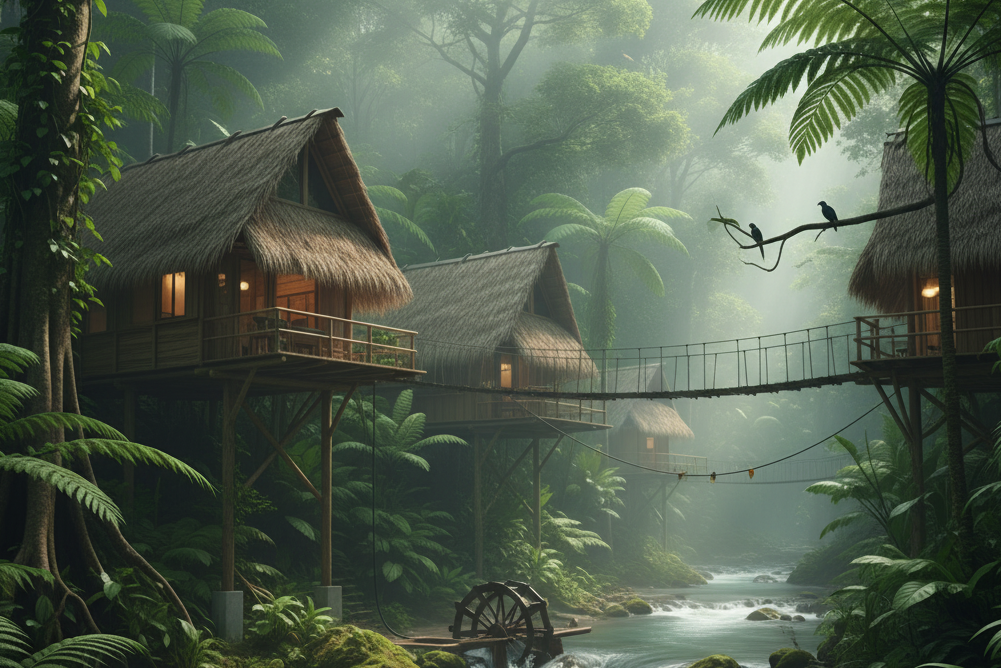The Most Underrated Historical Sites Around the World
Alexander Gray
2025-10-06
6 min read
While the Colosseum, Machu Picchu, and the Great Wall of China rightfully draw millions of visitors each year, countless other historical sites of immense importance remain quietly tucked away, waiting to be discovered. These underrated destinations offer a chance to step back in time without the overwhelming crowds, providing a more intimate and often profound connection to the past. They tell stories of forgotten empires, unique cultures, and architectural genius that are just as compelling as those of their more famous counterparts.
The Great Zimbabwe in Masvingo, Zimbabwe
Long before European explorers set foot in Southern Africa, a great civilization flourished. The Great Zimbabwe, a ruined city that was once the capital of the Kingdom of Zimbabwe, stands as a testament to this lost era. Its most awe-inspiring feature is the Great Enclosure, a massive circular wall built with granite blocks expertly fitted together without mortar. Dating back to the 11th century, these structures were the heart of a trading empire that stretched to China and Persia. The scale and craftsmanship of the stone city challenge colonial-era narratives that downplayed the achievements of indigenous African societies, making it a site of immense cultural and historical significance. A visit here offers a powerful glimpse into a sophisticated pre-colonial African society.
The Ajanta and Ellora Caves in Maharashtra, India
Hidden in a rocky cliffside in western India, the Ajanta and Ellora Caves are a spectacular collection of rock-cut monuments that represent centuries of religious devotion and artistic mastery. The Ajanta Caves are exclusively Buddhist, featuring stunning murals and sculptures that date back to the 2nd century BCE. These paintings are among the finest surviving examples of ancient Indian art, depicting tales and lifecycles with incredible detail and emotion. Not far away, the Ellora Caves showcase a remarkable display of religious harmony, with monasteries and temples dedicated to Buddhism, Hinduism, and Jainism carved side-by-side. The centerpiece, the Kailasa Temple, is the world's largest single monolithic rock excavation—an entire temple complex chiseled out of a single piece of volcanic rock. Together, these cave systems offer an unparalleled journey through India's rich religious and artistic history.

Hvalsey Church in Southern Greenland
The hauntingly beautiful ruins of Hvalsey Church offer a poignant look into the lives and eventual disappearance of the Norse settlers in Greenland. Established by Erik the Red in the late 10th century, the Norse community thrived for hundreds of years, building farms and churches against a dramatic backdrop of fjords and ice. Hvalsey Church, constructed in the early 14th century, is the best-preserved Norse ruin in Greenland. Its sturdy stone walls have withstood centuries of harsh arctic weather. The last written record from the Norse settlement in Greenland is an account of a wedding held at this very church in 1408. After that, the historical record goes silent, and the community vanished for reasons still debated by historians. Standing within its walls, you can feel the profound isolation and resilience of a people at the edge of the known world.
The Ancient City of Merv in Mary, Turkmenistan
Once one of the great capitals of the Islamic world and a key stop on the Silk Road, the ancient city of Merv is now a sprawling archaeological park in the Turkmen desert. For centuries, it was a bustling hub of commerce, culture, and scholarship, rivaling cities like Baghdad and Damascus. At its peak in the 12th century, it may have been the largest city in the world. However, its golden age came to a brutal end in 1221 when it was sacked by the Mongols in one of history's most devastating massacres. The city never recovered. Today, visitors can wander through the remains of several distinct cities built over centuries, including massive earthen ramparts, mausoleums, and the impressive Sultan Sanjar Mausoleum. Merv’s quiet ruins tell a powerful story of urban brilliance and sudden catastrophe.
Caral-Supe in Barranca, Peru
While Machu Picchu is the icon of ancient Peru, the Sacred City of Caral-Supe represents a civilization that is thousands of years older. Located in a desert valley north of Lima, Caral is the oldest known city in the Americas, flourishing around the same time as the great pyramids of Egypt, approximately 5,000 years ago. The site features six large pyramids, circular plazas, and residential complexes, all built by a complex society that developed without knowledge of ceramics or warfare. Archaeologists believe Caral was a peaceful society governed by priests, focused on trade, agriculture, and astronomy. Its discovery reshaped our understanding of the development of civilization in the Americas, proving that complex urban centers could arise based on cooperation and trade rather than conquest.
These sites are more than just historical curiosities; they are vital pieces of our shared human story. Exploring them offers a unique opportunity to broaden our understanding of history and appreciate the diverse ways civilizations have risen, thrived, and fallen. The next time you plan a journey, consider looking beyond the familiar landmarks to discover the incredible stories waiting in the world’s most underrated historical treasures.


